Concert Photography
How to photograph during concerts

Thomas Dutronc Concert – Photo Credit : Jerome Milac
Summer is usually a very good time for concerts and festivals, such as the Fête de la Musique , a very well known event in France which is also reproduced in the Big Apple as “Make Music New York“, a real opportunity for photographs. To make a concert as fun to watch, as it is to make photographs of it, here is a quick hands-on guide on how to make Your concert photography worthwhile.
1. About Gear
As you my guess, concert photography has nothing to do with a camera brand in particular. It has more to do with where you stand making photographs, i.e. how far you are from the stage. You won’t need the same focal length if you’re located next to the stage or further off, within the crowd. So, unless you’ve been granted privileged access to the stage, or made your way to the front, where a fast 35mm or DSLR and a medium tele-lens (such as 105mm) will be fine, you will want to pick any long zoom you have (18-200mm, 28-300mm, 70-200mm etc).
You’ll be seriously advantaged, if you’re using any APS-C or Micro 4/3 camera, simply because the multiplication factor of roughly x 1.5 will give you more focal length, thus longer picture reach, than any other full frame camera. Anyhow, due to difficult lighting condition, the faster the lens, the better.
I also wouldn’t bother carrying too much equipment, because it’s difficult and also rather hazardous to your gear to switch lenses in the middle of a wild crowd carrying beverages, food, smoking etc. On the other hand, make sure your memory cards are empty and ready to use, and batteries are fully loaded, and spare ones packed.
This leads to the question, on how to carry equipment in the first place? Avoid any backpacks which will bother your surroundings, and prefer bags like shoulder-bags, like the ones from Thinktank which blends anywhere, won’t cause attention, and won’t bother anyone when carried in front of you.
Finally, comes the question about the flash use, strobes in particular. Unless the stage is completely in the dark (good luck with that, even with a strobe), I don’t use any of them, because this type of lighting is only very useful on set or when used off-camera, which is impossible in the concert conditions cited above.
Here’s is my own checklist for concert photography :

Derya Concert – Photo Credit : Jerome Milac
2. Camera settings
Here’s the best advice you’ll ever get in regard to concert photography :
In a perfect world, prepare your camera and its settings PRIOR to the event, under similar lighting conditions.
But you might also get away with test shots of the stage, before you start composing any other photograph, only, of course, if the concert conditions allow it in the first place (being there during the rehearsals, is a good advice.)
As Bob Holmes used to say over and over again, “get to know your camera“, especially when it comes to ISO. Because the available light is usually weak and subject to a lot of changes during concerts, you will want to pick up the highest possible ISO without compromising your images. Thus, lenses should be set to the highest aperture opening if you want to get a chance to shoot faster than 1/250th of a second, knowing that you’ll be without a tripod.
In our case, for Thomas Dutronc‘s Concert, with a Nikon D800E and a 105mm, 3200 ISO max, f/2.8 and 1/500th of a second worked liked a charm, which were settings that could be used later in manual mode. Of course, some of the images were a little off exposure, but than could be fixed later on, and like Bob Holmes said, Aim for the highlights and leave the blacks to themselves

Thomas Dutronc Concert – Photo Credit : Jerome Milac
3. Composition
Without getting to much in depth into photography composition, here’s another advice:
A concert is long enough to get used to the way lighting appears throughout the songs, to forecast how the singer might sing, where the guitar player might stand, when the drummer might hammer like crazy… This being said, it should allow you to give your photographs that little something, other photographers won’t put into theirs, like for instance Derya‘s guitar player, Stéphane Bonacci, moving in front of a star-shaped spotlight right before his solo.

Derya Concert – Photo Credit : Jerome Milac
4. Post-processing
We’re not going to go the long way into post-processing, but remember :
If your photograph wasn’t any good in the first place, composition wise, then, post-processing isn’t going to save it, merely camouflage a few defaults. This being said, you will probably make extensive use of following tools :
- Crop (In concert, your angles are rather limited and wide shots need to be cropped to keep the essential composition).
- Straighten (it’s hard to keep a perfect horizontal line in concert conditions).
- Exposure correction.
- And the usual sliders such as Highlights, Shadows, Whites, Blacks and Clarity. See Marc Silber’s recent video covering all these points.
5. Final advice
Be prepared. The better, the less you’ll have to worry about your photography, lost in a crowd engulfed in darkness, and the easier concert photography gets. Finally, the more you’ll enjoy the concert in itself.

Derya Concert – Photo Credit : Jerome Milac

Thomas Dutronc Concert – Photo Credit : Jerome Milac

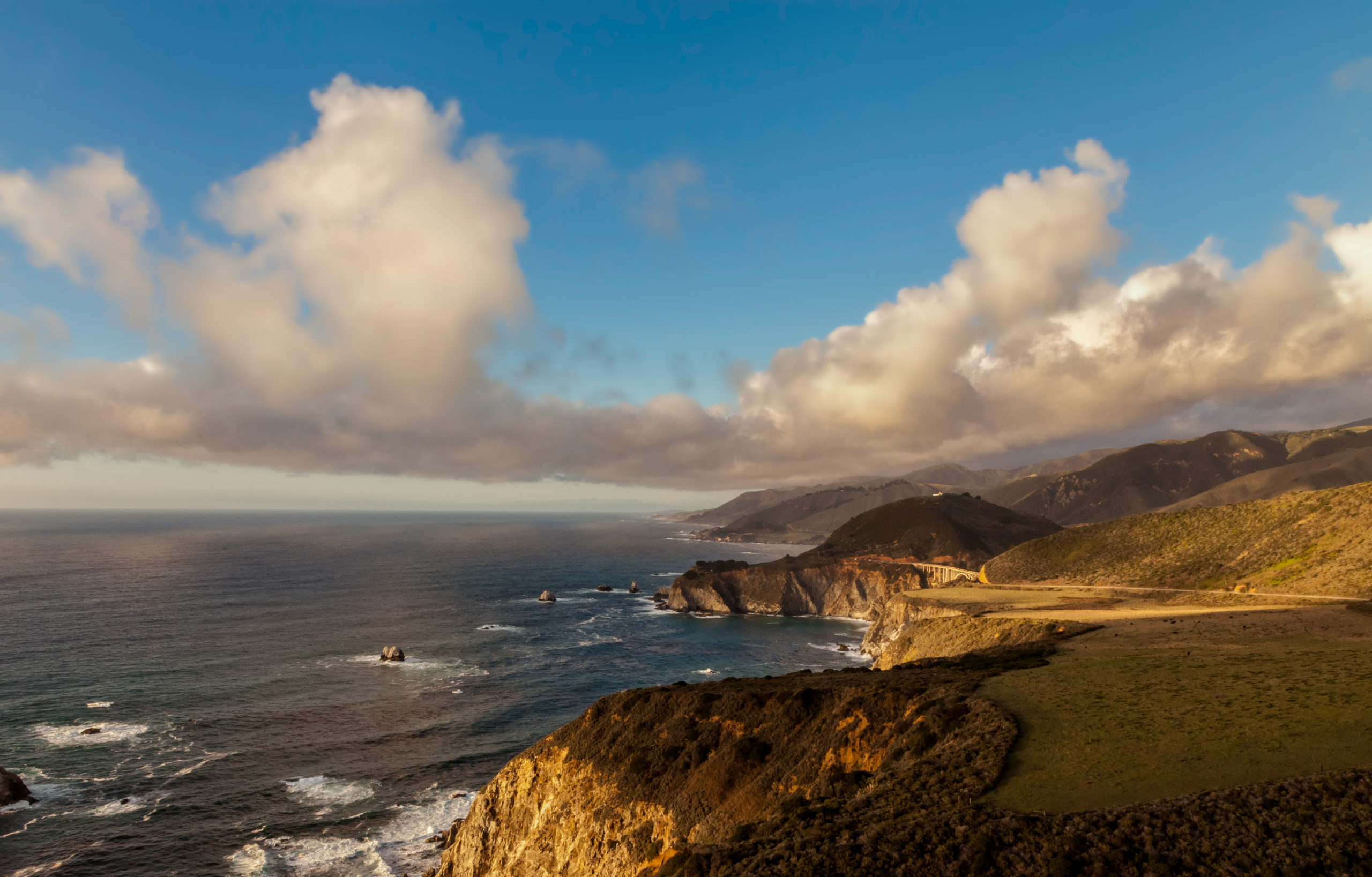
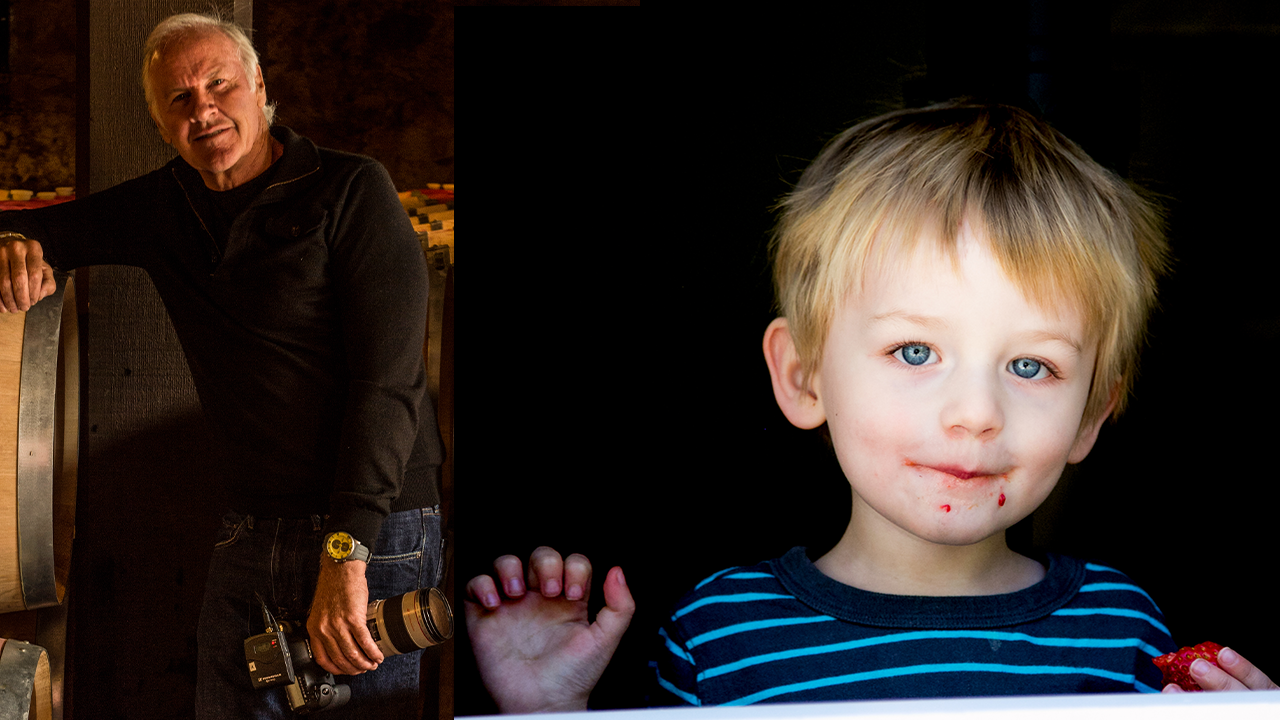
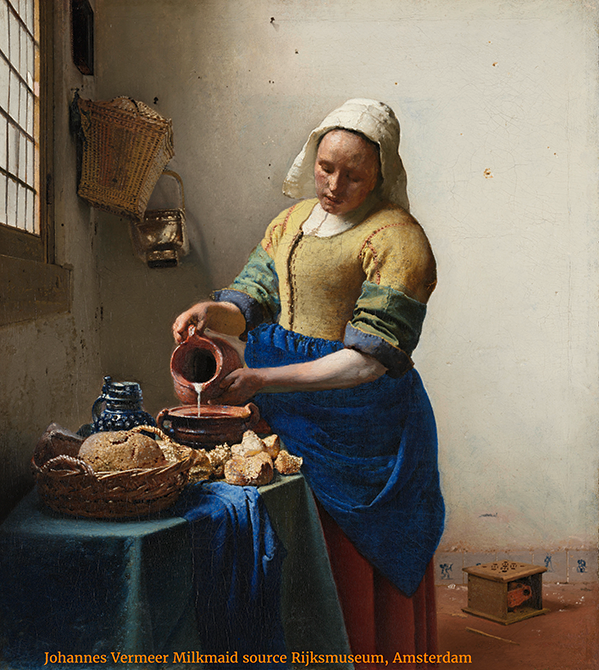
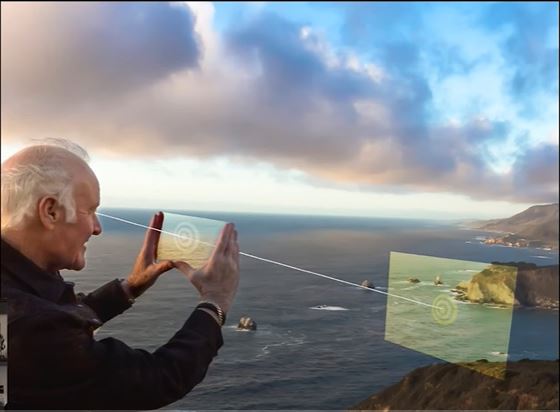
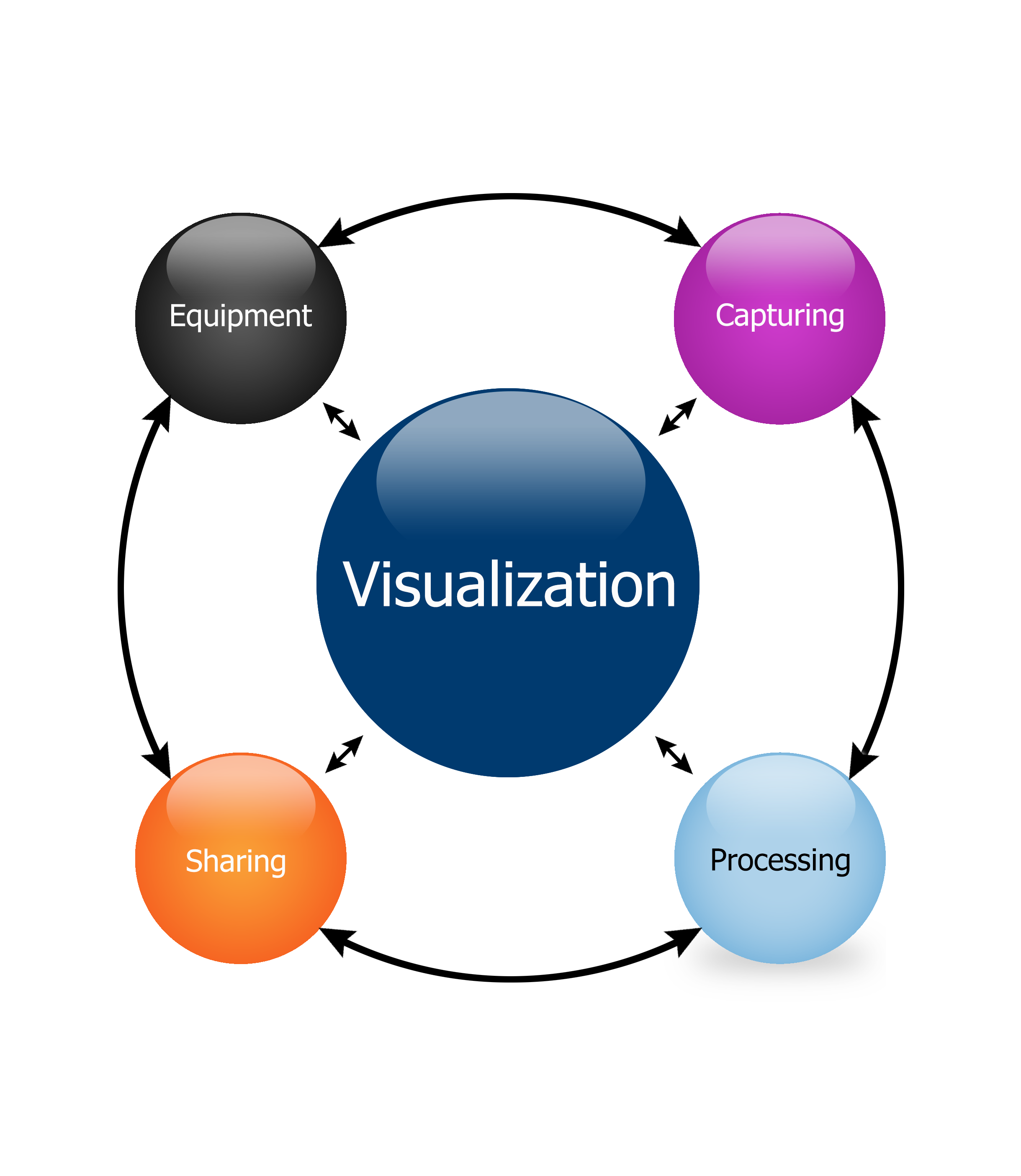
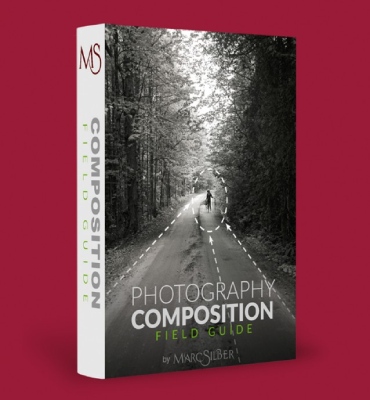
Leave A Comment
You must be logged in to post a comment.